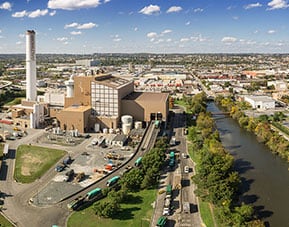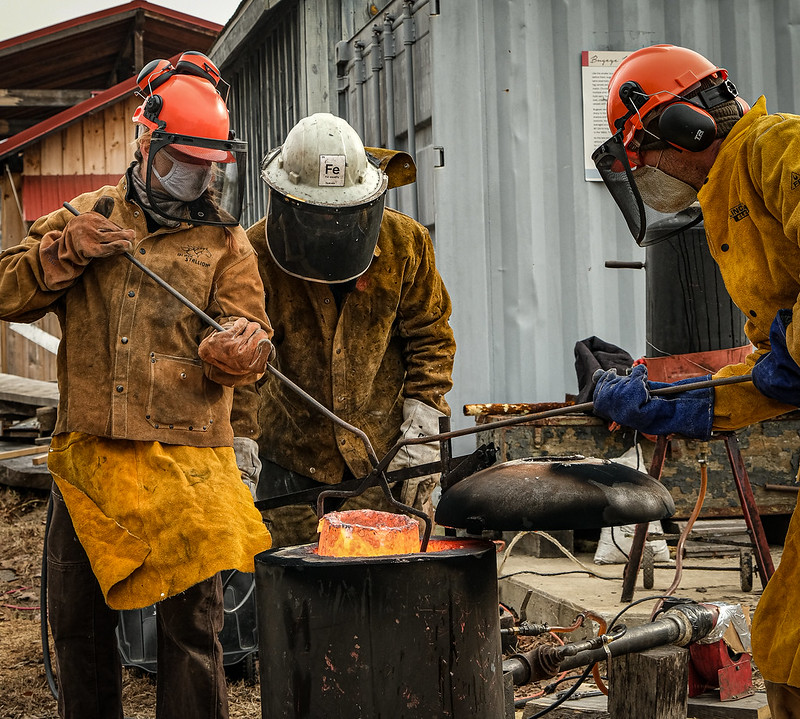An eye-opening study finds that living near Baltimore’s Wheelabrator trash incinerator carries the same health risks as secondhand smoke.
The study, commissioned by the Chesapeake Bay Foundation (CBF), says the harm from the plant in South Baltimore causes $55 million a year in medical treatment, lost work days, and the cost of mortality. On average, 5.5 people die each year from breathing the particles that come from the incinerator’s smoke stacks.
The trash incinerator, near Baltimore’s sports stadiums and I-95, has the greatest health impacts in Baltimore City and counties downwind of the city, the report concluded. The report’s author, George D. Thurston of New York University School of Medicine, says the increase in lung cancer from long-term exposure to fine particulate matter in a polluted city is roughly the same as the increase in lung cancer of a non-smoker who breathes passive smoke while living with a smoker, or about 20 percent increase in lung cancer risk.
The study looked at the soot coming directly from the Wheelabrator facility on Russell Street and secondary particles formed from sulfur oxides and nitrogen oxide (NOx) in the emissions. The risk is greatest for children, senior citizens, and others with sensitive lungs, who may suffer chronic bronchitis, asthma symptoms, or even death.
Because much of the incinerator’s emissions are carried on the wind, more than half of the plant’s air pollution health impacts are in states downwind of Maryland.
CBF President Will Baker is pushing for the state of Maryland to require Wheelabrator to reduce pollution immediately, and make tougher emission limits for it in the future.
“A private for-profit company should not be allowed to pollute our air and water, nor harm our citizens’ health,” said Baker.
The incinerator is just one of many sources of NOx pollution in the region that may have similar effects on human health and the environment. Right now, about one-third of the nitrogen pollution entering the Bay comes from air pollution from power plants, vehicles, farms, industrial and other sources. But the Wheelabrator is a major contributor to nitrogen pollution—last year alone the incinerator produced about 1,100 tons of nitrogen oxides. That’s the fifth-highest NOx emissions of any source in Maryland.
The Maryland Department of the Environment (MDE) is drafting updated rules for NOx emissions from Wheelabrator, that would put it in line with other plants around the country. But CBF wants the state to impose a more stringent limit for the future, as quickly as possible.
-Meg Walburn Viviano




